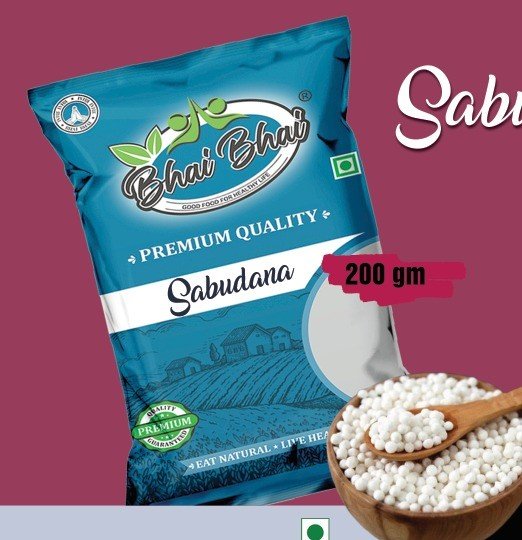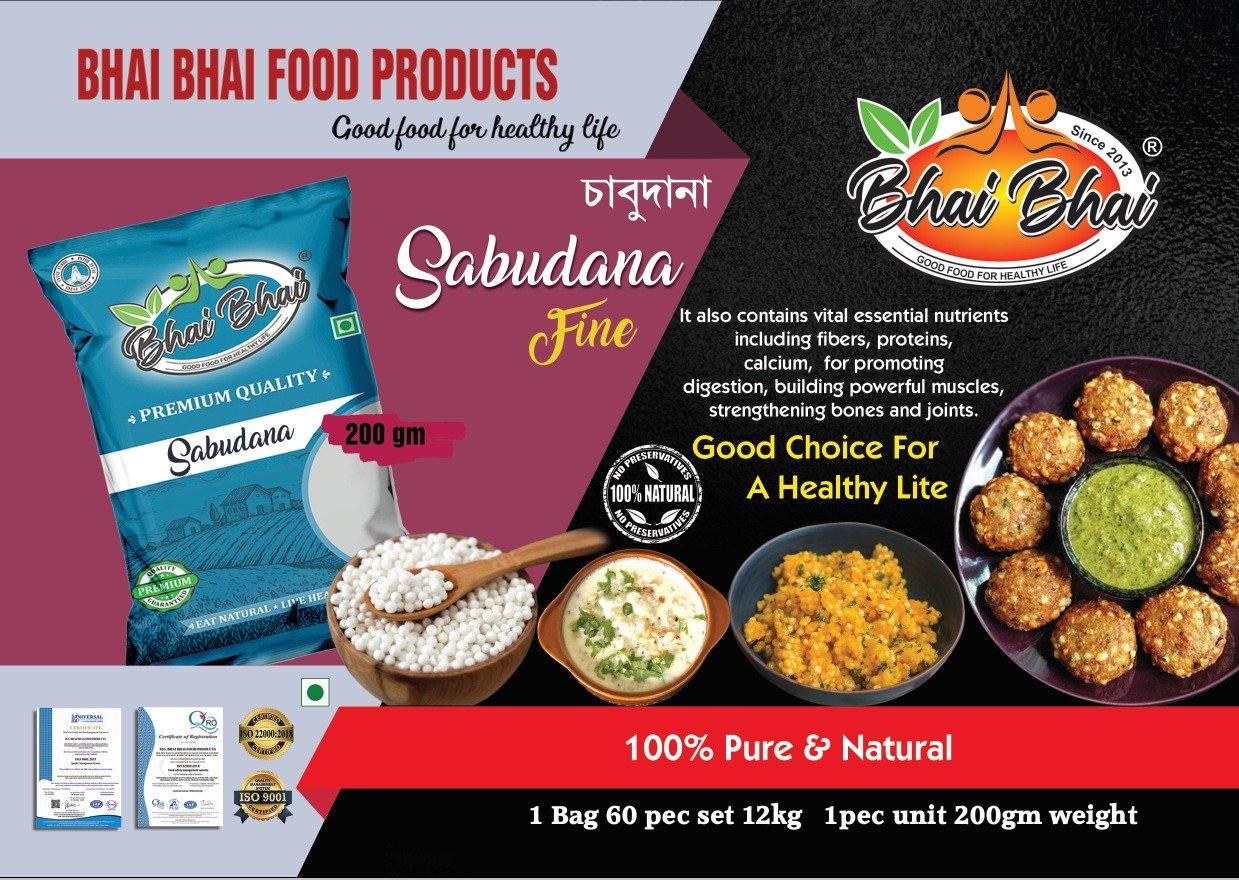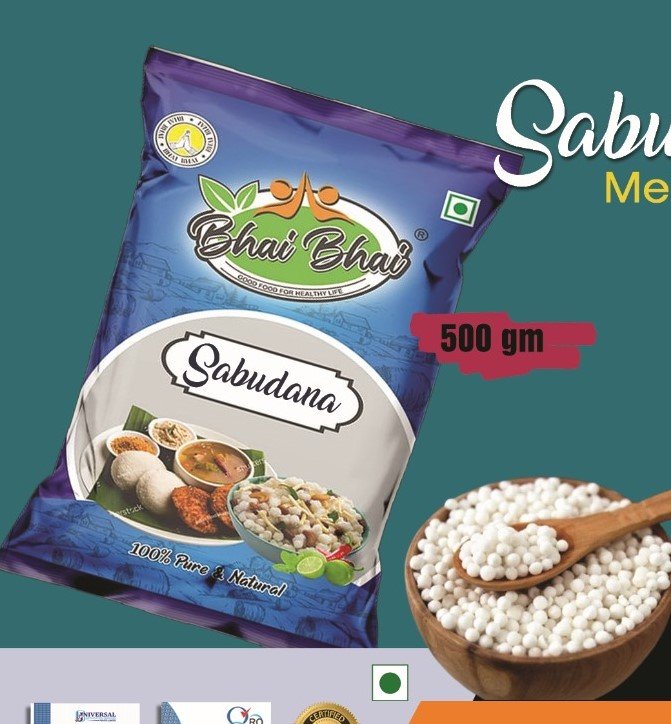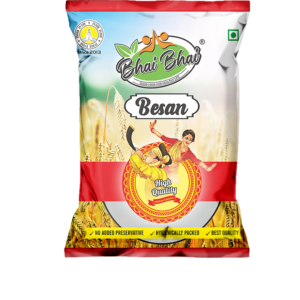Sale!
Sabudana fine 200gm Mini Pack
₹35.00 Original price was: ₹35.00.₹23.00Current price is: ₹23.00.
Sabudana, also known as tapioca pearl or sago, is a starch extracted from the roots of the tapioca plant and processed into small, pearl-like spheres. Here are some details about sabudana:
Category: 2 sagu, sagudana Tag:2 sabudan fine, sago mini pack
Sabudana, also known as tapioca pearl or sago, is a starch extracted from the roots of the tapioca plant and processed into small, pearl-like spheres. Here are some details about sabudana:
-
-
NutritionSabudana is high in carbohydrates, calories, and resistant starch, and is also a good source of protein, vitamin K, calcium, and potassium.
-
UsesSabudana is a popular ingredient in Indian dishes like sabudana khichdi and kheer. It can also be used as a thickener in soups, sauces, and drinks, or added to breads and cakes for texture.
-
-
Health benefitsSabudana is gluten-free and can be a good substitute for wheat-based products. It can help with digestion, strengthen bones, and treat anemia. However, people with diabetes should avoid sabudana because it can cause blood sugar levels to rise.
-
PreparationSabudana should be soaked in water or boiled before eating.
-
StorageSabudana can be kept in an airtight container for two to three years. To prevent moisture and maintain quality, it should be exposed to sunlight for 15 minutes per month.
-
OriginSabudana is native to Asia, South America, and Africa, where tapioca roots grow easily.
-
HistorySabudana was first seen in India in the 1800s, but it didn’t become popular until after World War II.
-
Is Sabudana Good for Weight Loss? Research and More – Healthline17 Dec 2020 — Sabudana, also known as tapioca pearl or sago, is a starch extracted from the roots of tapioca and processed into pearl…Healthline
-
Sabudana: Health Benefits, Nutrition, Uses For Skin And Hair, …Treats Anemia. Iron deficiency anemia affects countless Indian men, women and children every year, leading to excessive fatigue an…Netmeds
-
Sabudana and Diabetes: Is This a Good Food to Eat? – Healthline
Featured snippet from the web
Derived from the roots of the cassava plant, sabudana is not only a culinary delight but also a nutritional powerhouse. Moreover, sabudana or tapioca pearls hold a special place in the Indian cuisine and are used in a wide range of popular dishes
Be the first to review “Sabudana fine 200gm Mini Pack” Cancel reply
Sabudana fine 200gm Mini Pack
Related products
-
29%0 out of 5 0
Sabudana Fine 500gm pack
₹70.00Original price was: ₹70.00.₹50.00Current price is: ₹50.00. -
34%0 out of 5 0
Sabudana Medium 500gm pack
₹75.00Original price was: ₹75.00.₹50.00Current price is: ₹50.00.
 Bangala
Bangala 








Reviews
There are no reviews yet.